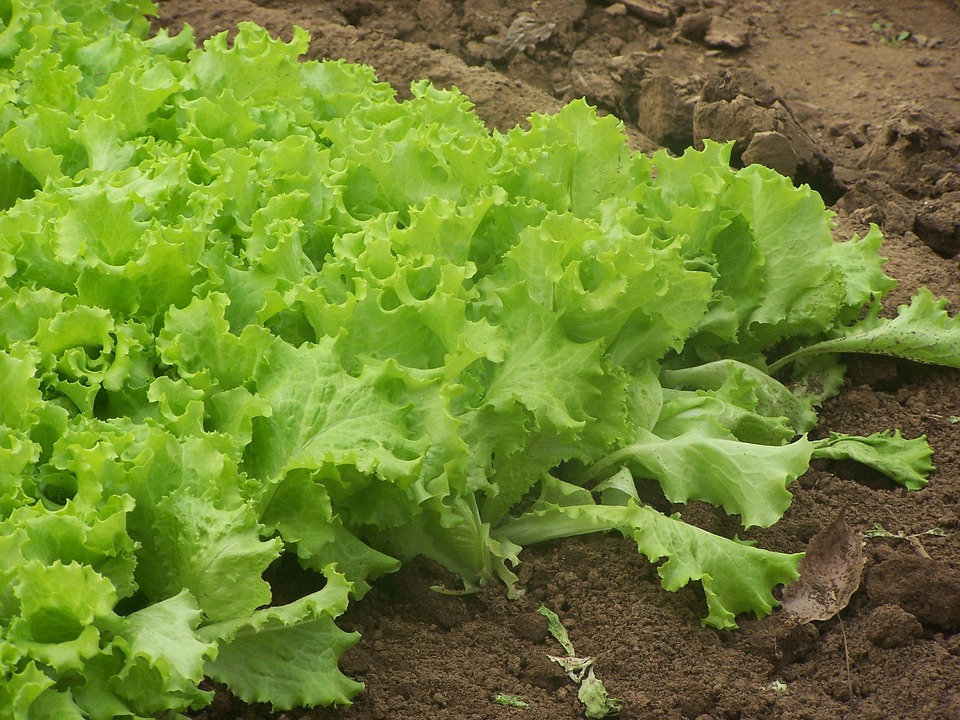# Growing Green: How Sustainable Practices are Shaping the Future of Agriculture
The morning sun peeked through the leaves of the apple tree outside my window, casting playful shadows on the earth below. I paused for a moment, sipping my coffee and absorbing the sights and sounds of nature. Each day, my garden bursts forth with color and nourishment, a simple yet profound testament to sustainable living and the beauty of nature’s cycles. It was here, surrounded by flourishing plants and buzzing bees, that I began to understand how sustainable practices are not just a trend but the key to shaping our agricultural future.
## The Heart of Sustainable Agriculture
Sustainable agriculture dives deep into the heart of simplicity and resilience, honoring ancient wisdom while embracing modern innovation. It’s about nurturing the land, preserving natural resources, and creating a balanced ecosystem that supports both farmers and communities. This holistic approach is gaining momentum as we face pressing global challenges such as climate change, population growth, and food insecurity.
### The Balance of Nature
One of the cornerstones of sustainable agriculture is the symbiotic relationship between plants, animals, and the environment. Rather than viewing agriculture as a battle against nature, sustainable practices embrace working with it. For example, crop rotation helps maintain soil fertility and disrupts pest cycles. By planting a diverse range of crops, farmers can create a more resilient ecosystem, providing natural pest control and reducing dependency on chemical inputs.
### Soil Health: The Foundation of Sustainability
Healthy soil is the heart of sustainable farming. It acts as a living community, teeming with microorganisms that break down organic matter and release nutrients. Practices like composting, cover cropping, and reduced tillage help maintain soil structure and improve its ability to store water. A healthier soil not only leads to bountiful harvests but also plays a crucial role in carbon sequestration, helping mitigate climate change.
## Techniques and Innovations
Sustainable agriculture is a dynamic field that thrives on innovation. Farmers are increasingly turning to new technologies and practices that enhance productivity while minimizing negative environmental impacts.
### Permaculture: Designing for Abundance
Permaculture is more than just a technique; it’s a mindset—a commitment to create sustainable and self-sufficient agricultural systems. It is based on observing natural ecosystems and designing our agricultural systems in harmony with nature. For instance, implementing a food forest—a diverse, perennial plant system—can provide food year-round while fostering biodiversity and improving soil health.
### Hydroponics and Aquaponics
Soil-free agriculture is taking the world by storm, bringing fresh produce to urban spaces and areas with poor soil conditions. Hydroponics involves growing plants in nutrient-rich water, while aquaponics combines fish farming and plant cultivation in a symbiotic environment. These methods use significantly less water than traditional farming and can produce food in smaller spaces, making them ideal for urban settings.
### Agroforestry: The Transformational Technique
Agroforestry is another innovative practice that integrates trees and shrubs into crop and livestock systems. This approach boosts biodiversity, enhances carbon storage, and provides additional income streams for farmers through fruits, nuts, and timber. The trees offer shade and windbreaks, creating a microclimate that improves conditions for both crops and livestock.
## Community and Collaboration
Sustainable agriculture is not just about individual practices but also about fostering community and collaboration. Farmers’ markets, community-supported agriculture (CSA), and urban gardens are reviving local connections and empowering communities to take charge of their food systems.
### Building Local Infrastructure
Strong local food systems build resilience, allowing communities to thrive. Creating farmer co-ops and community gardens helps share resources and knowledge, fostering collaboration among diverse agricultural producers. These efforts not only ensure fresh, local food but also establish a sense of belonging and mutual support within the community.
### Education and Awareness
Educating future generations about the importance of sustainability in agriculture is crucial. Schools and organizations are increasingly incorporating agricultural education into their curricula, promoting hands-on learning experiences. This connection to nature instills a sense of responsibility in young people, empowering them to advocate for sustainable practices in their communities.
## Pro Tips for Sustainable Gardening
If you’re new to sustainable gardening or looking to enhance your existing practices, here are some pro tips to get you started:
1. **Start Small**: If you’re just diving into sustainable gardening, begin with a small area. Focus on a few key practices, such as composting or growing native plants, and expand as you gain confidence.
2. **Embrace Native Plants**: Choose plants that are native to your region. They require less water and maintenance, plus they attract local pollinators and beneficial insects.
3. **Practice Companion Planting**: Certain plants naturally support each other’s growth. For example, planting marigolds alongside tomatoes can deter pests, creating a thriving garden ecosystem.
4. **Collect Rainwater**: Set up a rain barrel to catch runoff from your roof. This not only conserves water but also provides a natural source for irrigation.
5. **Rotate Your Crops**: Avoid planting the same crop in the same place year after year. Rotate your crops to help preserve soil health and minimize pest and disease buildup.
6. **Get Involved in Your Community**: Join a local gardening club or co-op. Sharing resources, seeds, and knowledge can enhance your sustainable gardening practices and help build meaningful connections.
## The Future of Sustainable Agriculture
The future of agriculture lies in our ability to integrate sustainable practices into everyday farming. As more consumers demand transparency and ethical sourcing, farmers are responding by adopting methods that are kinder to the planet and more supportive of local economies.
### Policy and Support
Government policies play a significant role in shaping the landscape of sustainable agriculture. By supporting initiatives that promote regenerative farming practices, we can encourage more farmers to adopt these methods. Financial incentives, education programs, and research grants will foster innovation, ensuring a greener future for agriculture.
### The Consumer’s Voice
Consumers have the power to drive change by choosing sustainable products. By supporting local farmers and businesses that prioritize sustainability, you contribute to a thriving agricultural network that respects the earth. Awareness of how our food choices impact the environment can lead to significant shifts in demand, encouraging more producers to adopt sustainable practices.
## Conclusion: Cultivating a Greener Tomorrow
As we stand at the crossroads of environmental challenges and agricultural opportunities, the path forward is clear: embracing sustainable practices is not just an option; it’s a necessity. By nurturing our soil, conserving resources, and fostering community, we can cultivate a vision for agriculture that endures for generations to come.
Let’s raise our glasses (or watering cans) to a future filled with thriving ecosystems, rich harvests, and bountiful communities—all growing green together! Remember, no action is too small when it comes to shaping the world we want to see. Whether it’s planting a single tomato plant or advocating for sustainable policy, every effort counts in creating a brighter, healthier future for all.



